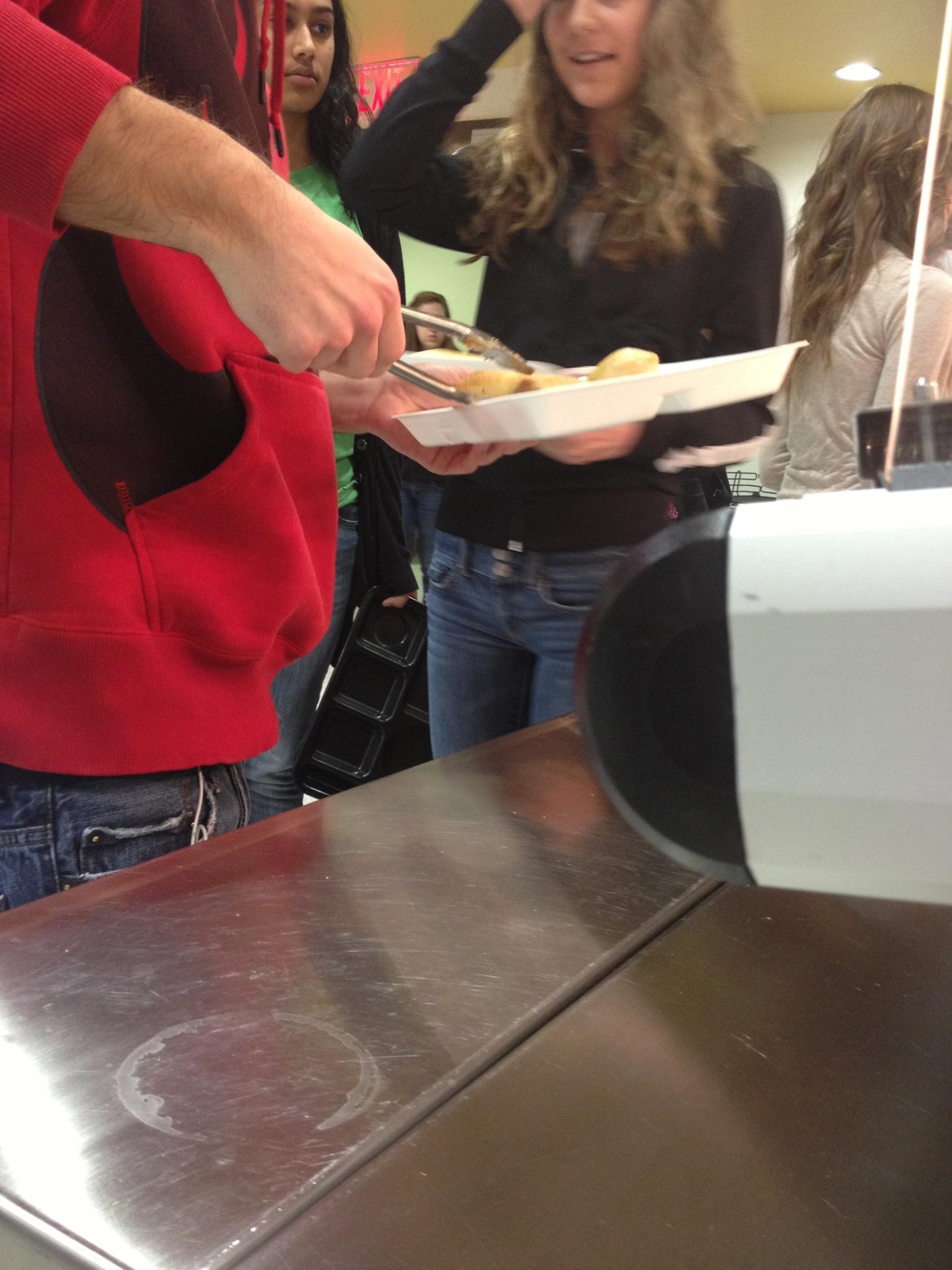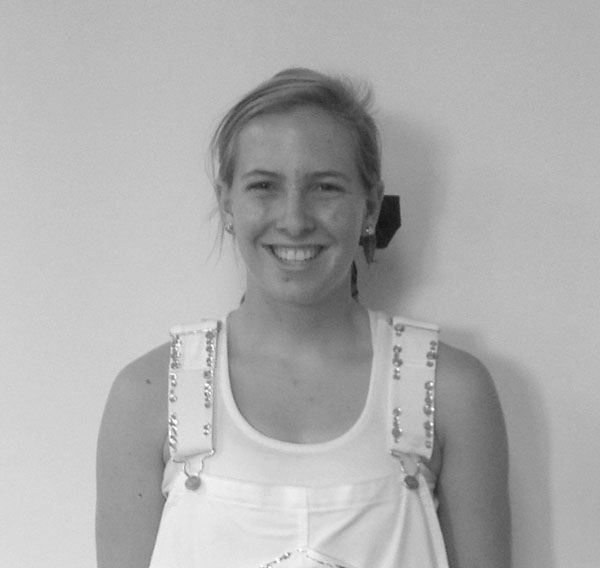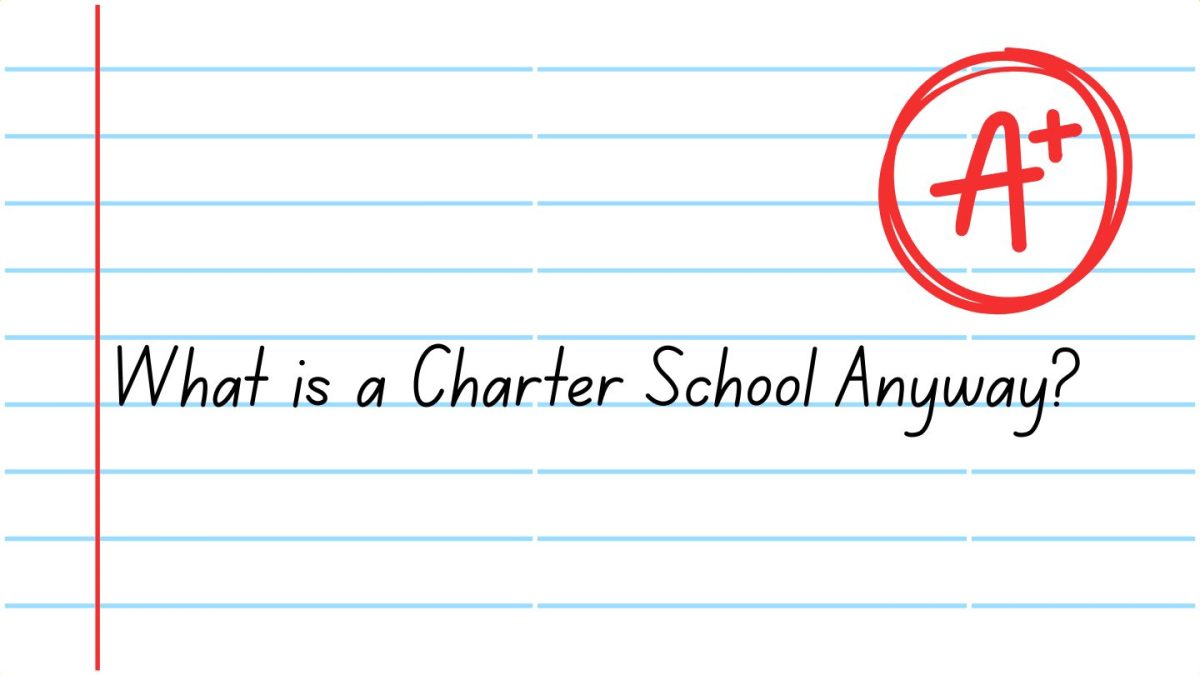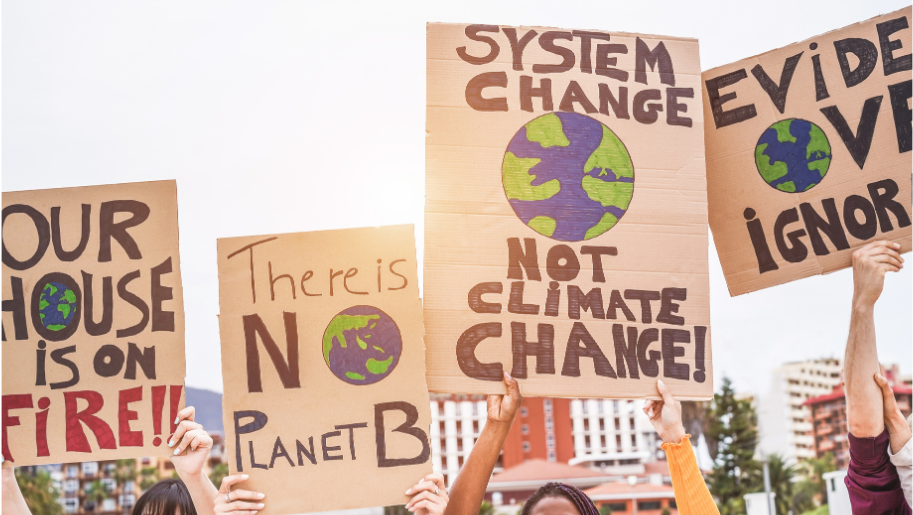Nine-hundred styrofoam trays have been used each day in the lunchroom since Nov. 27. According to the U.S. Environmental Protection Agency, the styrofoam trays will still be in a landfill 500 years from now.
The machine used to wash and sanitize the trays broke, so the lunchroom switched from reusable plastic trays to non-biodegradable styrofoam.
“It’s not running up to temp so it’s not sanitizing and I can’t put trays through if it’s not sanitizing,” kitchen manager, Boe Stoebner said.
Repair workers, who couldn’t find anything wrong with it, have inspected the machine. The plumbing has also been reviewed at to make sure the water is getting hot enough coming into it. The machine is old so a new one is on the way.
The machine was expected to be here over Christmas break, but that has changed to arriving after break. “Hopefully by then we will have this all figured out,” Stoebner said.
Because styrofoam is non-recyclable, the environmental club presidents Laura Smalley and Courtney Norelius want a change from styrofoam to paper trays.
“I just think there’s better alternatives,” Smalley said. “I understand that they have this situation and this was the one thing they turned to but the fact that it’s going to be a long time that we are using these bothers me.”
Although the EPA does not have a list of how long certain materials take to decompose, according to science teacher Brad Hurst, paper plates decompose faster than styrofoam.
While paper plates in the lunchroom would be more eco-friendly, the cost of paper plates holds the lunchroom back from replacing the styrofoam trays with paper.
“I feel really bad about it,” Stoebner said. “I don’t like to put styrofoam in the trash, it’s really filling up our landfills. It’s not a good thing but I’m stuck, I don’t have a choice. I can’t serve you unsanitized trays, I feel worse about that.”
Although this is a temporary issue that will be fixed when the new dishwasher arrives, Smalley and Norelius have other concerns with styrofoam in the lunchroom. Everyday styrofoam plates and bowls are set out for students to use for their bagels and soup, both of which could be replaced with paper or reusable plates and bowls.
“Paper is much more expensive than styrofoam,” Stoebner said. “So that’s really it. It’s a monetary issue.”








